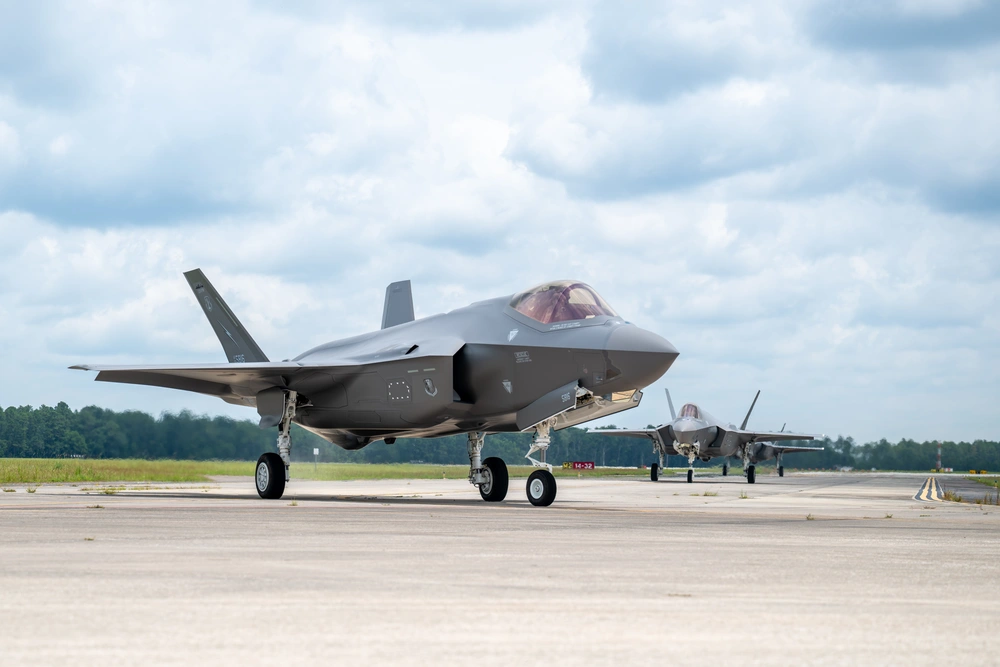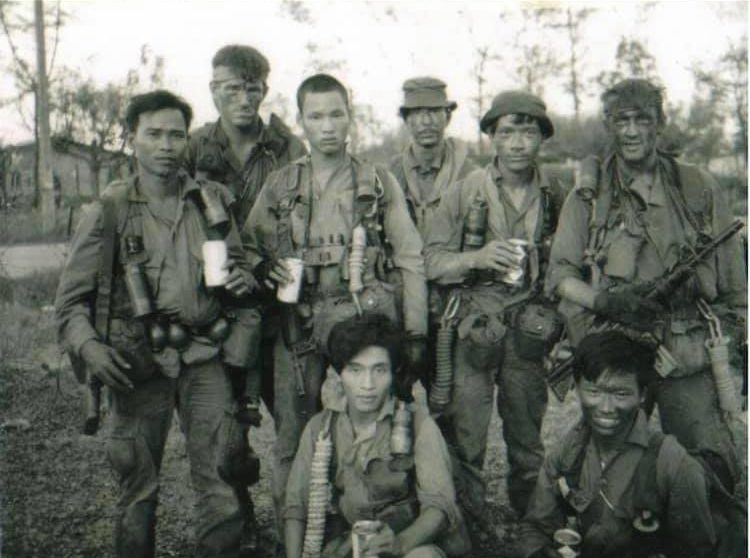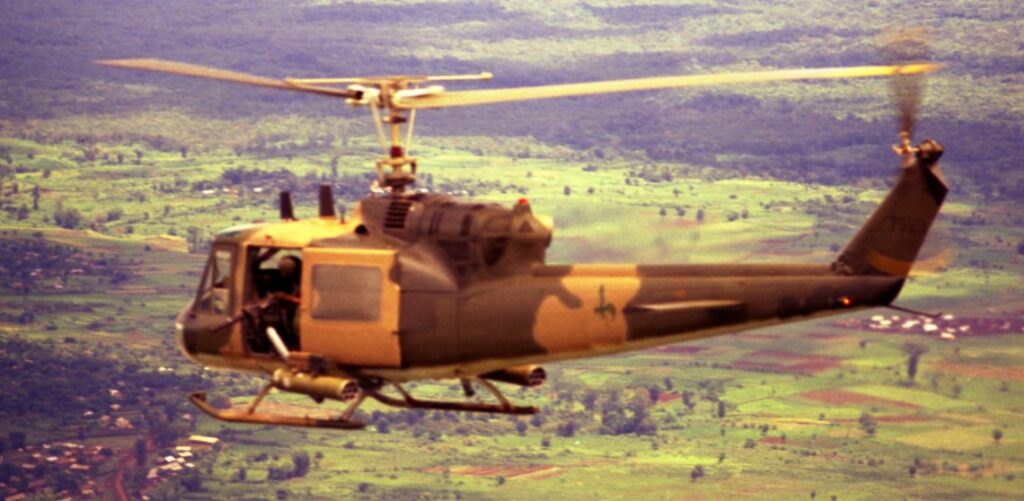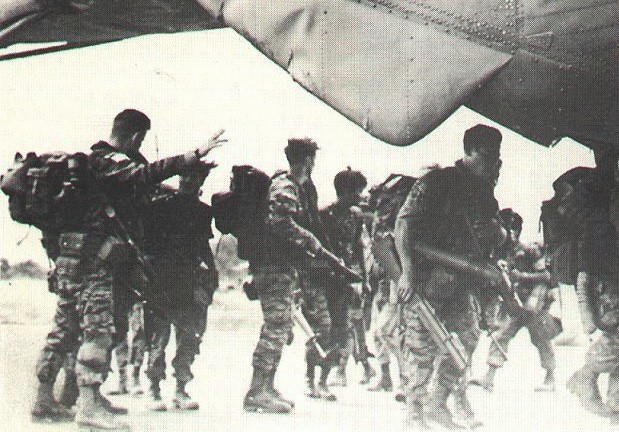In July, Florida’s Air National Guard’s 125th Fighter Wing – which has been transitioning from F-15C and F-15D Eagles –received the Air Force’s 500th F-35 stealth jet. This landmark addition to country’s F-35 fleet further widens the gap of operational fifth-generation fighter jets with China and Russia.
Now, the U.S. military is currently operating over 600 F-35 Lightning IIs across the Air Force, Navy, and Marine Corps.
“These new F-35s, which include the Air Force’s 500th, represent the forefront of fifth-generation airpower,” U.S. Air Force Lt. Col. Joseph Pasko, the commanding officer of the 159th Fighter Squadron, said in a press statement marking the arrival of the service’s 500th F-35. “We expect to play an integral role in potential future conflicts, and our citizen-Airmen stand ready to answer the nation’s call; anytime, anywhere.”
Hundreds of additional F-35 aircraft are operated by NATO members and other U.S. allies across the world.
Both China and Russia have been developing fifth-generation fighter jets. Beijing has a much more robust and credible program than Moscow, whose defense and aerospace industry is suffering greatly as a result of Russia’s invasion of Ukraine.
The Chinese military operates the Chengdu J-20 and Shenyang J-35, which respectively resemble the U.S. F-22 Raptor and F-35. China is the only country after the U.S. to operate two stealth fighter jets at the same time. Beijing has more than 200 fifth-generation fighter jets in service.
“We now operate in a world where the [People’s Republic of China] is not only rapidly modernizing its military, but doing so with a clear intent to coerce its neighbors and reshape the international order,” the outgoing Air Force Chief of Staff, General David Allvin, said. “The United States must maintain airpower dominance if we are to safeguard our security, deter aggression, and prevail in conflict.”
However, the Chinese fifth-generation fighter jet fleet lacks the combat experience of its U.S. adversary: American F-22s and F-35s have participated in combat missions, proving their capabilities in real-life conditions.
The F-35 in numbers
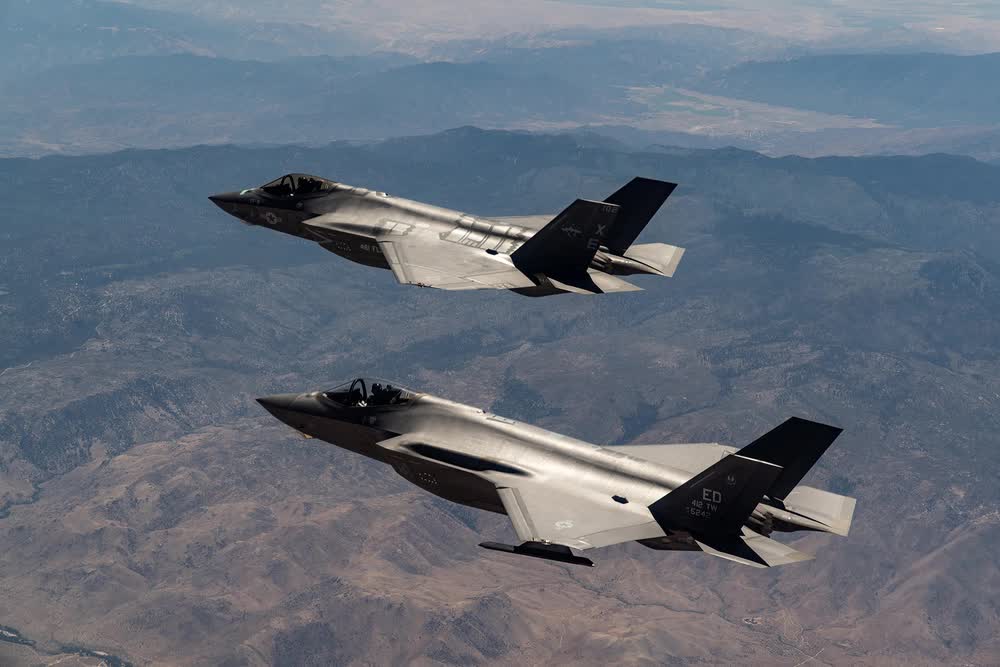
The F-35 Lightning II is a multi-role stealth fighter jet and one of the most capable aircraft of all time.
The aircraft can conduct Air Superiority, Close Air Support, Strategic Attack, Intelligence, Surveillance, and Reconnaissance (ISR), Suppression of Enemy Air Defenses (SEAD), Destruction of Enemy Air Defense (DEAD), and Electronic Warfare missions.
In many ways, the F-35 brings together the need for several different platforms into one aircraft, thus streamlining production, maintenance, and operations. However, such an ambitious project does not come cheaply. Indeed, the F-35 Joint Strike Fighter Program is the most expensive procurement project in recent military history with an estimated cost of over $2 trillion in its lifetime.
Designed and built by Lockheed Martin, the fifth-generation jet comes in three versions: A, B, and C. Although the three iterations are essentially the same aircraft, they do vary in some respects, mainly on how they launch.
The F-35A is the conventional iteration of the aircraft that operates from traditional runways. The F-35B is the Short Take-Off, Vertical Landing (STOVL) version that can land and take off and land like a helicopter but still fly like a fighter jet. Finally, the F-35C is the Navy’s aircraft carrier iteration.
As of September, Lockheed Martin has delivered more than 1,230 F-35s of all versions to 16 services around the world. The global F-35 fleet has racked up over 1 million flight hours, with almost 3,100 pilots and 19,100 maintainers trained on the aircraft.
The Air Force has ordered 1,763 F-35As, the Navy has ordered 273 F-35Cs, and the Marine Corps has ordered 280 F-35Bs and 140 F-35Cs.
Feature Image: The first F-35A Lightning II aircraft permanently assigned to the Florida Air National Guard’s 125th Fighter Wing taxi on the flight line after landing at Jacksonville Air National Guard Base, Florida, July 9, 2025. The delivery marks a key milestone in the wing’s continued transition to the F-35, initiating the phased arrival of aircraft bearing the unit’s signature tail flash. As one of the newest Air National Guard units to field the fifth-generation fighter, the wing enhances the Air Force’s ability to provide agile combat airpower in support of U.S. and allied operations worldwide. (U.S. Air National Guard photo by Staff Sgt. Jacob Hancock)
Read more from Sandboxx News
- This Air Force WSO became an ace in showdown with Iranian drones
- The 2 biggest lies ‘Top Gun’ taught you about military aviation
- Is the Army’s new M7 rifle a step back over its predecessor?
- How to get through Special Forces selection? Don’t be the ‘Grey Man’
- What could Lockheed’s Skunk Works be building with billions of dollars worth of classified funding?

